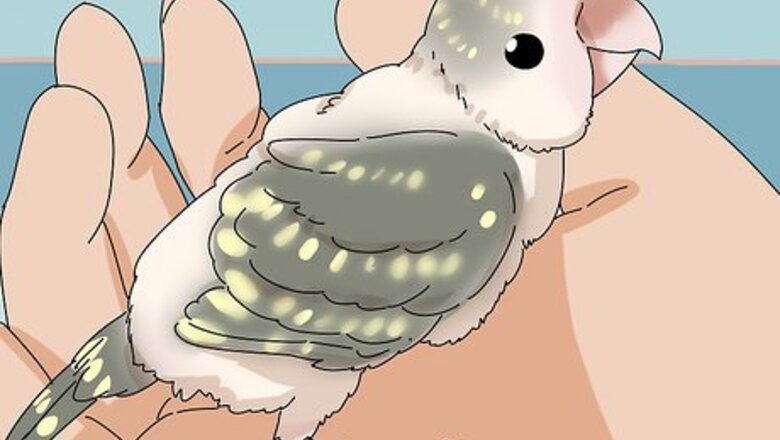
views
Bonding With Your Parakeet
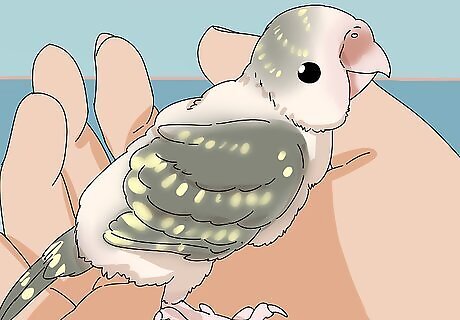
Adopt a parakeet from the youngest age possible. Parakeets are very sociable, and if you become part of their flock, you will have a more loving friend. To do this, simply spend lots of time with your bird from a young age, and he or she will become accustomed to your hands. This will help prevent your parakeet from biting you in the first place.
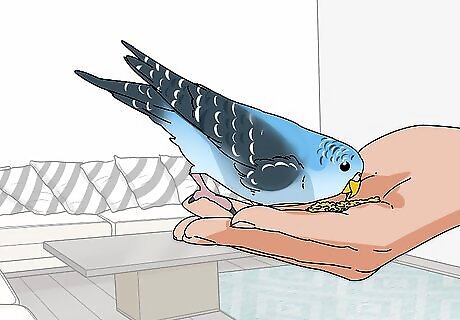
Feed the parakeet from your hand. If a parakeet associates your hand with something positive—like food—it will be less scared and therefore less likely to bite you. Not only can this help keep the bird from biting you, it will help them become friendlier in general. If the parakeet feels threatened by your hand, you may have trouble feeding it from your hand. In this case, try using a spoon at first and gradually choking up on the handle, then placing the spoon head in your fingers, then palm, etc. until you can discontinue using the spoon and encourage the bird to eat from your hand.
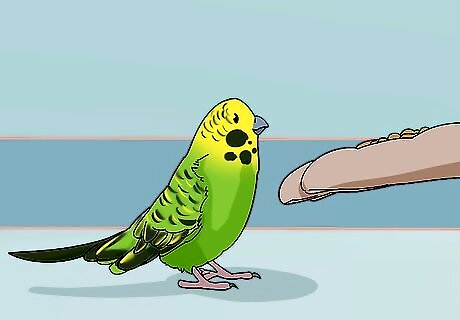
Reward the parakeet with treats and food. Feeding your parakeet from your hand is one way to develop a bond, but you can also use food and treats to reward the bird for good behavior. For example, if you successfully got the parakeet onto your hand or even out of the cage for the first time (see parts below) you can use treats or food to reward the bird for that behavior. When the bird understands the reward system, it will learn to do what you want it to do in exchange for the food or treat.
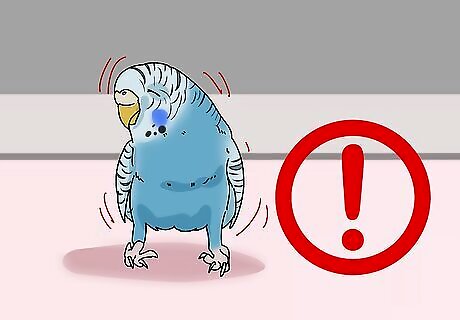
Look for reasons why the bird is biting. Parakeets may bite out of fear or jealousy, because they are tired, due to unintended reinforcement of biting behavior, in anticipation of being placed back in the cage when they do not want to be, or to protect their territory. You will be more successful at bonding with your parakeet and reducing biting behavior if you know why your bird bites. Armed with this information, you may tailor your approach to helping put a stop to biting more specifically.
Interacting Appropriately With Your Parakeet
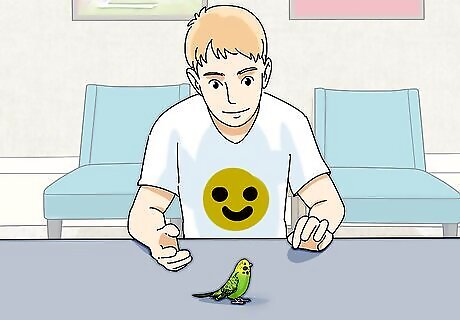
Move very slowly. If you move too fast you'll scare the bird. In general, you must move slowly around the bird if you want them to become tame enough to stop biting behavior. Do not place the cage in a high-traffic of your home, as too much commotion may be disturbing.
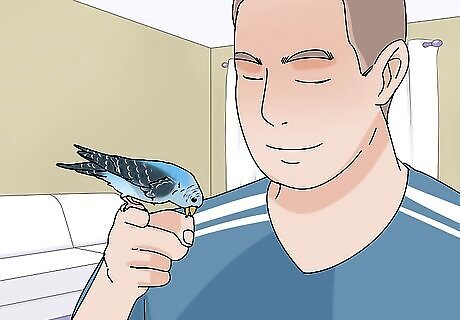
Stay calm if the bird bites you. If you quickly remove your hand from the cage when your bird bites, he or she may be getting just the reaction they are hoping for and continue the behavior. The bird may also be entertained by your reaction and continue the behavior for this reason. Be sure to remain calm if the bird bites—its bites are unlikely to break the skin, and they will probably not hurt that much. In response to biting behavior, simply say no firmly and cover the cage. The isolation this produces is not something the bird likes, so you will be discouraging biting behavior. It also calms the bird.
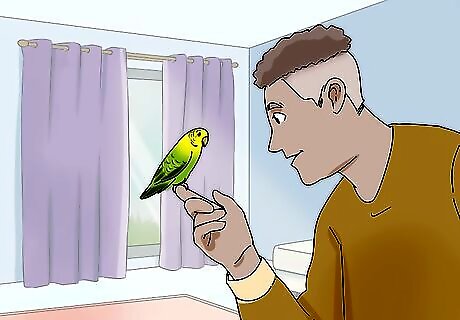
Talk softly to your bird. The goal of proper interaction with your parakeet is essentially taming the bird. Talking softly around the bird helps it to feel calm around you, which can help with taming. Talking too loudly or shouting near the bird (not even necessarily to the bird) can scare it.
Training Your Parakeet
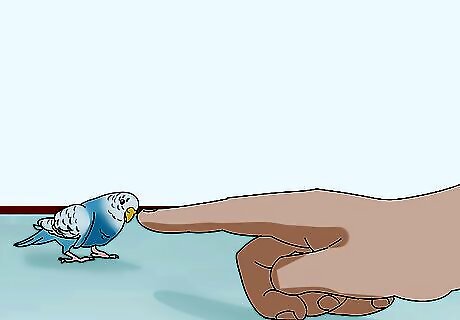
Train the parakeet to perch on your finger. Getting your parakeet to perch on your finger is part of hand-training. Finger-perching may take a while to achieve, but the patience should pay off in the end by developing a strong bond between you and your bird and minimizing biting behavior. Follow subsequent steps in this section to achieve finger-perching. Be mindful of the bird's mood—he or she may not be interested in trying finger-perching just because you want him or her to. Keep this in mind as you begin to train the bird, and try to be aware of the bird's mood so you don't irritate or frustrate it.
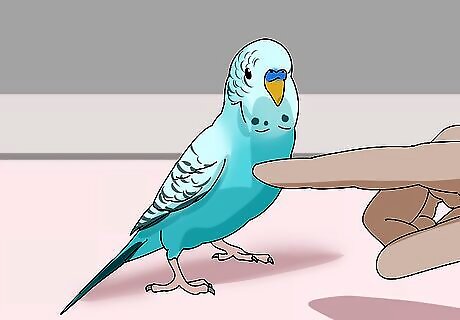
Put your finger on the parakeet's chest and push lightly. This does not hurt your bird, but it will make it lose its balance and coax it into putting its foot on your finger. It may not happen the first time, so if the bird flies away, try again the next day. Practice these steps each day to get the bird comfortable perching on your hand. Doing so will help put an end to biting behavior.
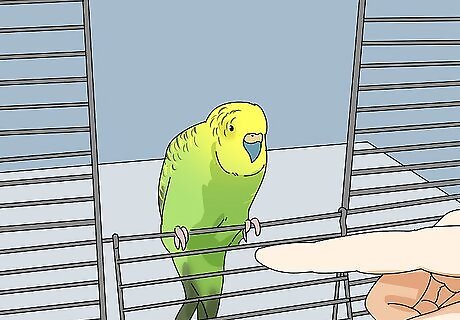
Finger-train your parakeet out-of-the-cage. Once your bird is comfortable perching on your finger, begin trying to bring it outside the cage on your finger. Use a vocal cue such as saying "up" in an enthusiastic voice. The bird may not want to venture too far outside the cage, but keep trying and you should be able to get him or her to go farther and farther each time. If they fly away, they will eventually go back to their cage, as that's where they feel safe. Once your bird is finger trained out-of-the-cage, he or she will trust you a lot more, so biting should cease.



















Comments
0 comment